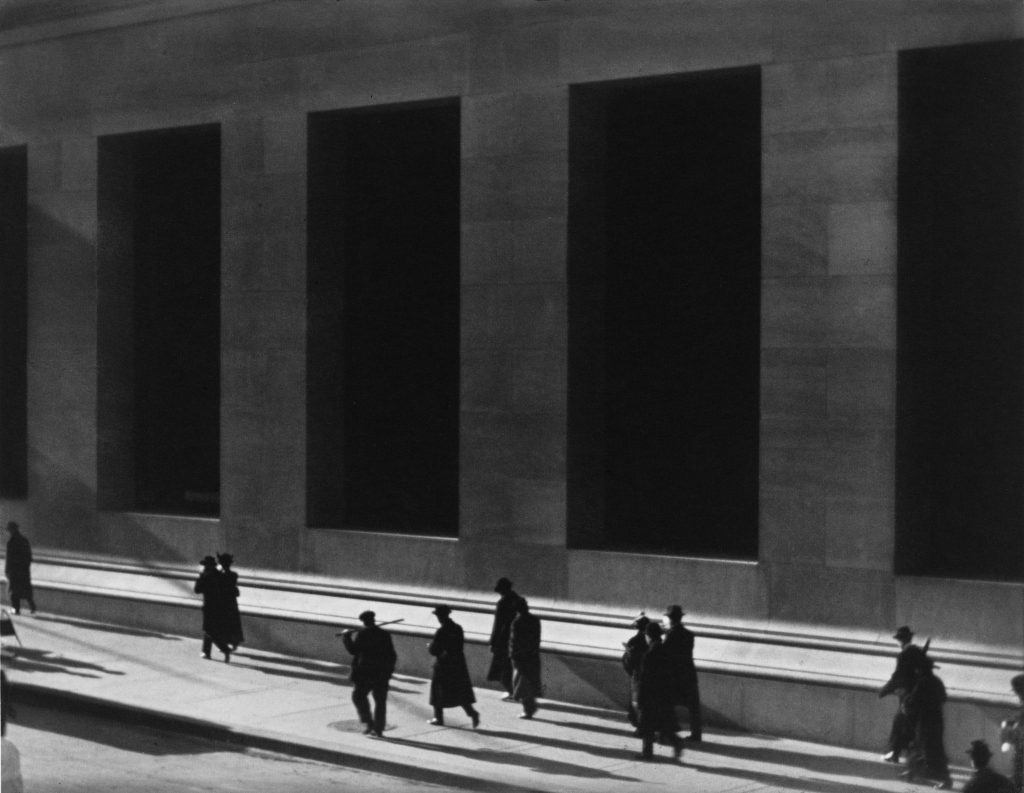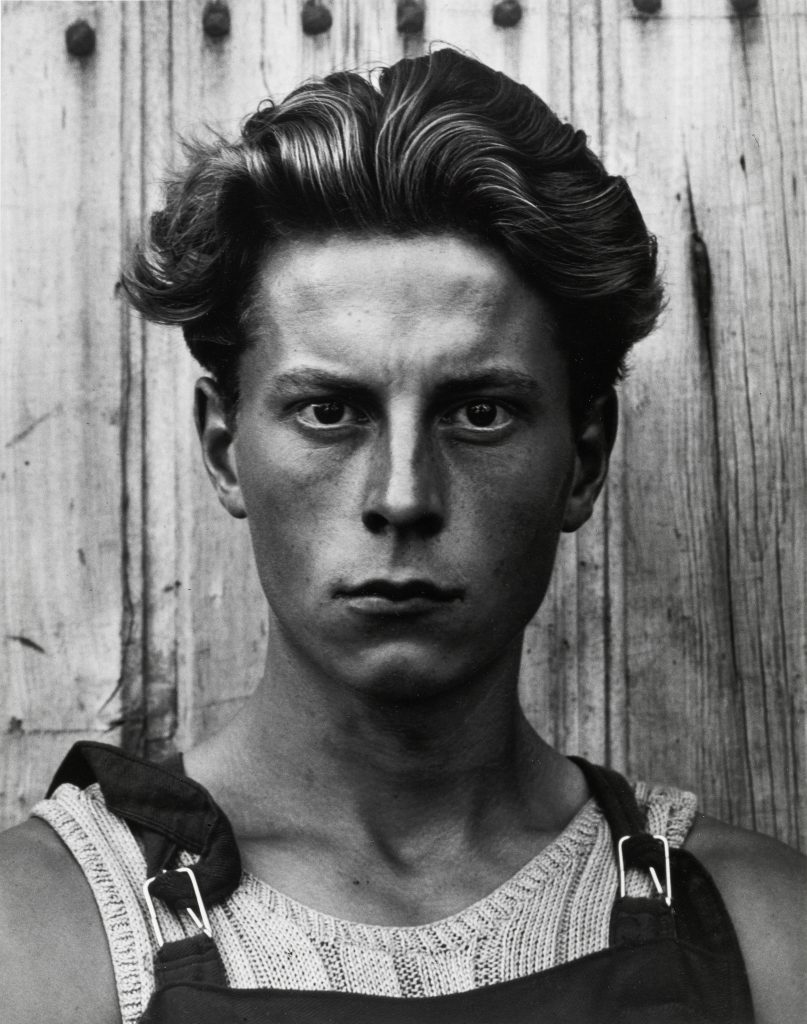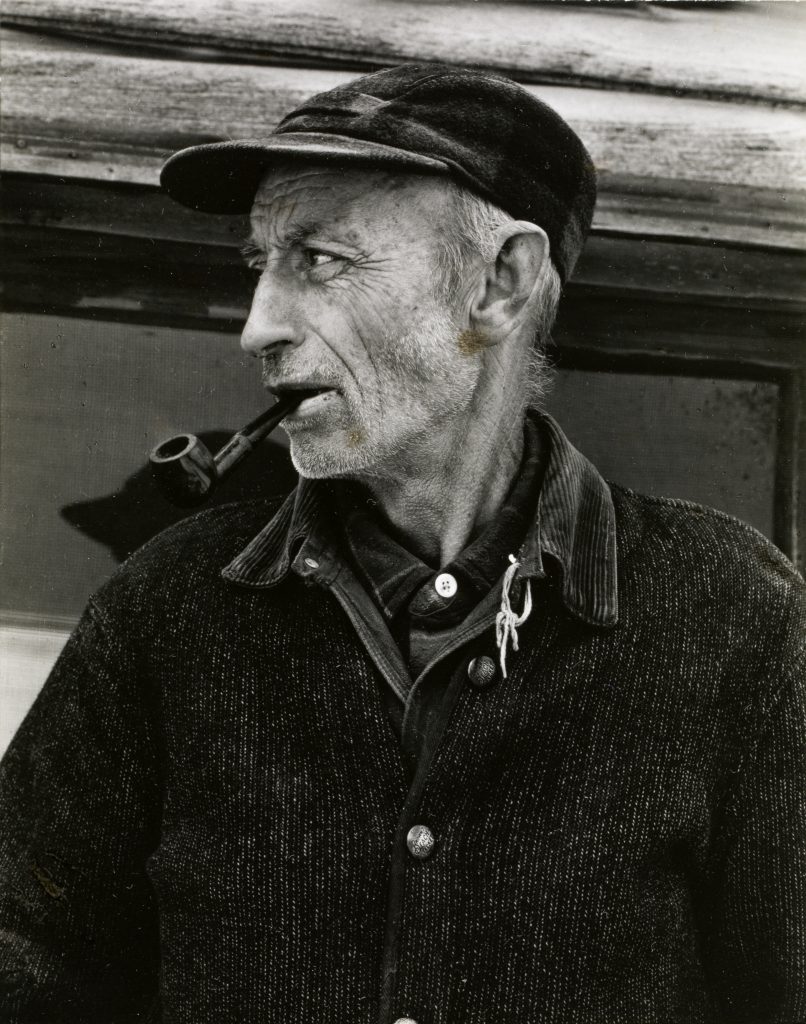What do the poignant face of Blind Woman photographed on a New York street in 1916 have in common with the tightly framed round of bowls taken from above to compose Abstraction in the same year?
Between the verticality of the lines traced by the monumental façades and the tiny silhouettes of Wall Street emerging from a 1915 photograph and the geometric mass of a New Mexico church photographed in 1931? Purity of vision, no doubt. Affiliated with two photographic traditions considered antagonistic, the formalist and the social, Paul Strand (1890-1976) seems to have succeeded in merging the two, both in his landscapes and in his portraits. Sometimes abstract, his pure gaze is always true.


A great portraitist of the man in the street, the American photographer, considered to be one of the pioneers of straight photography and one of the proponents of the modernist avant-garde, casts a humanist eye on the hard-working faces and bodies he encountered during his wanderings, from Mexico between 1932 and 1934 to his installation in the French countryside in 1955, without ever abandoning a certain aesthetic research.
This is undoubtedly what gives his images such strength, as evidenced by these façades where laundry, brooms or harnesses hang, which, with great economy of means, tell us a great deal about the life of toil of the peasants and common people…

PAUL STRAND or the balance of power
Henri Cartier-Bresson Foundation
Until 23 April
79, rue des archives, Paris 03
France
Stéphanie Dulout
